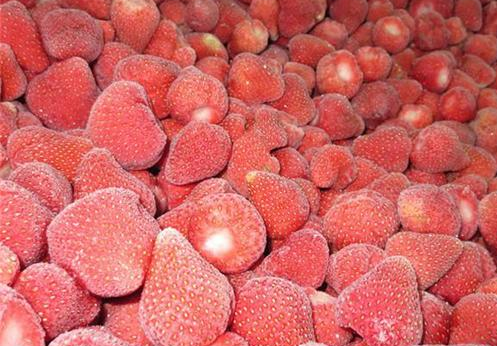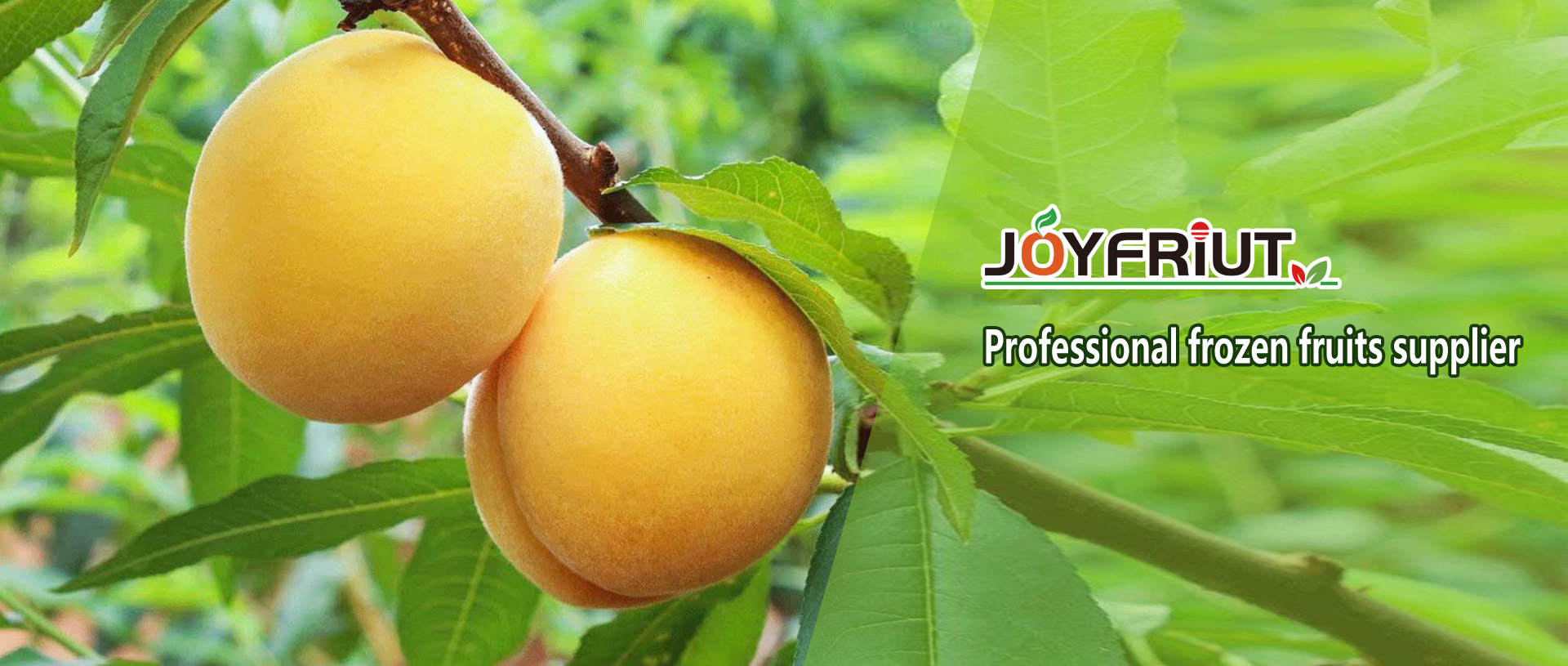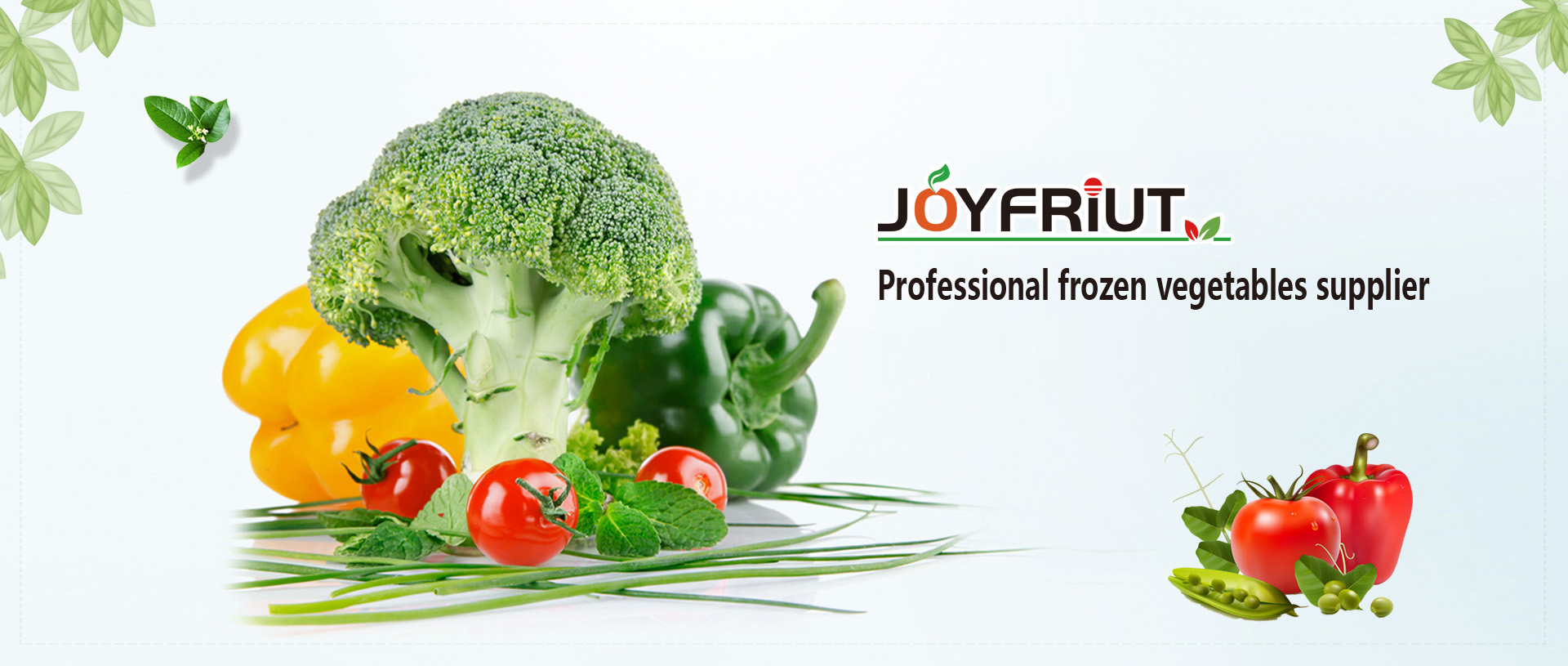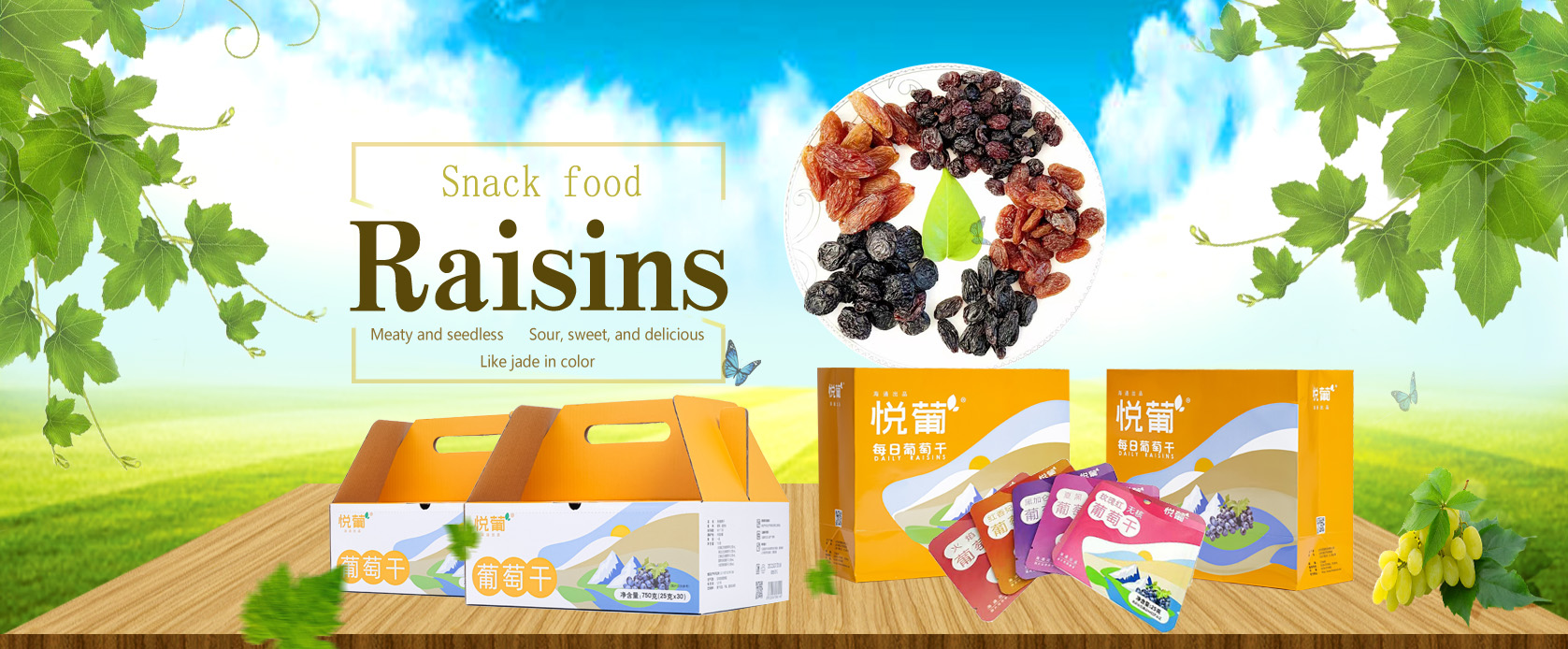
origin
The idea for deep-frozen food came up with the Eskimos. Prior to this, people were very confused because the remelted food was not delicious. Clarence Bodicea, the inventor of deep-frozen foods, discovered that while traveling in Greenland, some Eskimos hung fish outdoors. In cold weather at minus 40 degrees Celsius, the fish freezes within minutes, so it can be preserved for a longer period of time, and the taste is still delicious after melting. Bordesia discovered that food should be frozen as quickly as possible, and in 1924 invented a device that could freeze food quickly, just like in the freezing weather of Greenland.
development of
In 1920, after the world's first rapid freezer was successfully trial-produced in the United States, quick-frozen processed products came out. By the 1950s, frozen foods became more and more popular. It is best to thaw frozen food in natural air at about 15cC or in 10-15t of flowing water (except for special products). In addition, compared with processed canned foods, quick-frozen foods are simpler to process and lower in cost, extending the shelf life of food and reducing loss of nutrients.
Quick-frozen food originated in the United States and started in 1928, but in a very short period of time, because people lacked the necessary understanding of quick-frozen food and did not win more consumers, production development was very slow, until after World War II Quick-frozen foods have developed rapidly.
From 1948 to 1953, the United States systematically studied quick-frozen foods, proposed the famous T, T, and T concepts, and formulated the "Frozen Food Manufacturing Regulations." Since then, quick-frozen foods have achieved industrialized production and entered supermarkets, which have been favored by consumers. In particular, the development of rapid freezing technology for fruit and vegetable monomers has opened up a new situation in quick frozen foods, and this technology quickly swept the world.
In recent years, the production and consumption of quick-frozen food in the world has been in the ascendant. Its growth rate is as high as 20% to 30%. It exceeds any kind of food with more than 3,000 varieties. Some countries in the United States, Japan, and Europe have formed processing and sales from raw material origin. The complete cold chain for family consumption guarantees the industrialization and socialization of quick-frozen food.
The idea for deep-frozen food came up with the Eskimos. Prior to this, people were very confused because the remelted food was not delicious. Clarence Bodicea, the inventor of deep-frozen foods, discovered that while traveling in Greenland, some Eskimos hung fish outdoors. In cold weather at minus 40 degrees Celsius, the fish freezes within minutes, so it can be preserved for a longer period of time, and the taste is still delicious after melting. Bordesia discovered that food should be frozen as quickly as possible, and in 1924 invented a device that could freeze food quickly, just like in the freezing weather of Greenland.
development of
In 1920, after the world's first rapid freezer was successfully trial-produced in the United States, quick-frozen processed products came out. By the 1950s, frozen foods became more and more popular. It is best to thaw frozen food in natural air at about 15cC or in 10-15t of flowing water (except for special products). In addition, compared with processed canned foods, quick-frozen foods are simpler to process and lower in cost, extending the shelf life of food and reducing loss of nutrients.
Quick-frozen food originated in the United States and started in 1928, but in a very short period of time, because people lacked the necessary understanding of quick-frozen food and did not win more consumers, production development was very slow, until after World War II Quick-frozen foods have developed rapidly.
From 1948 to 1953, the United States systematically studied quick-frozen foods, proposed the famous T, T, and T concepts, and formulated the "Frozen Food Manufacturing Regulations." Since then, quick-frozen foods have achieved industrialized production and entered supermarkets, which have been favored by consumers. In particular, the development of rapid freezing technology for fruit and vegetable monomers has opened up a new situation in quick frozen foods, and this technology quickly swept the world.
In recent years, the production and consumption of quick-frozen food in the world has been in the ascendant. Its growth rate is as high as 20% to 30%. It exceeds any kind of food with more than 3,000 varieties. Some countries in the United States, Japan, and Europe have formed processing and sales from raw material origin. The complete cold chain for family consumption guarantees the industrialization and socialization of quick-frozen food.

 CHINESE
CHINESE ENGLISH
ENGLISH





